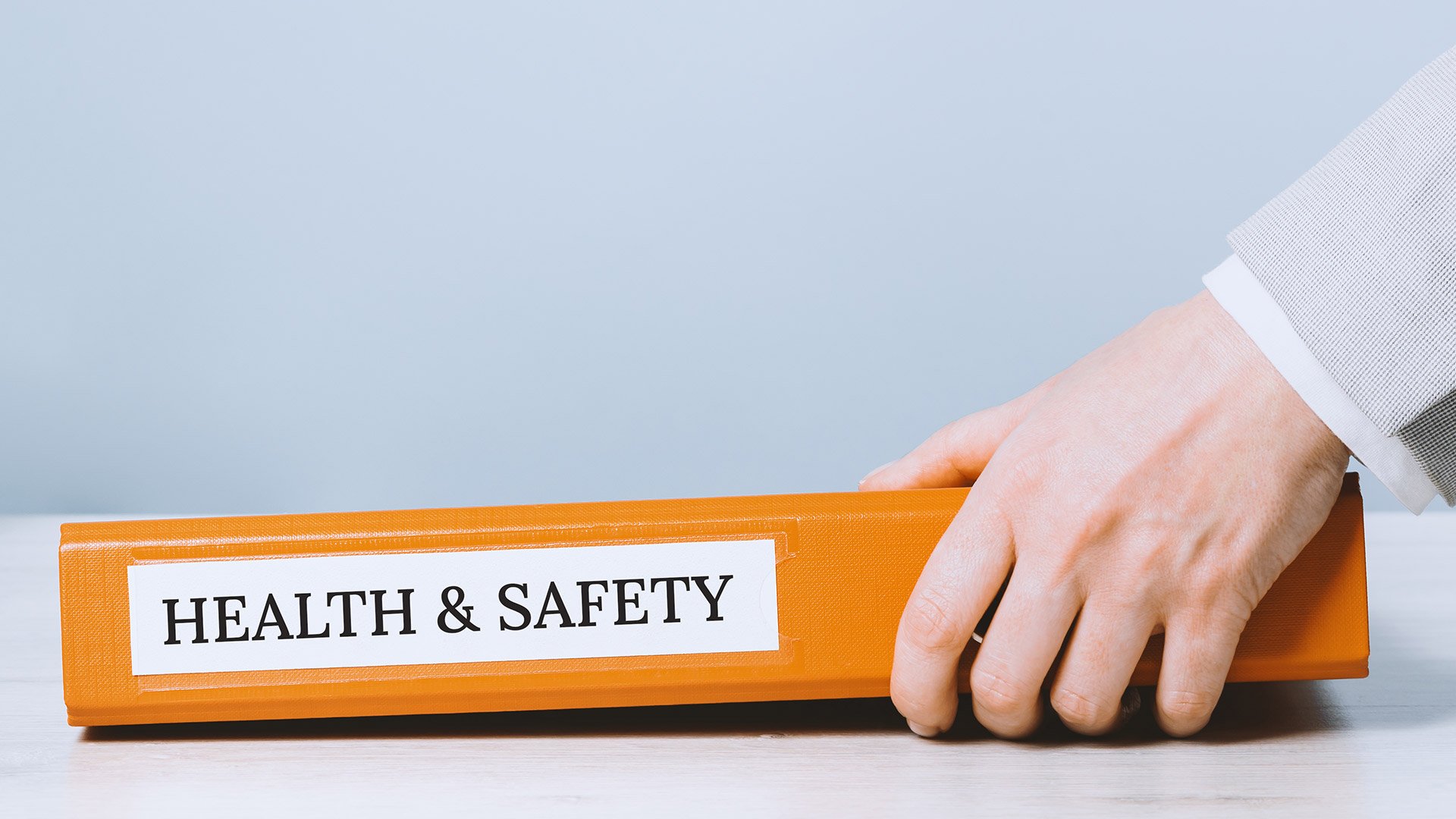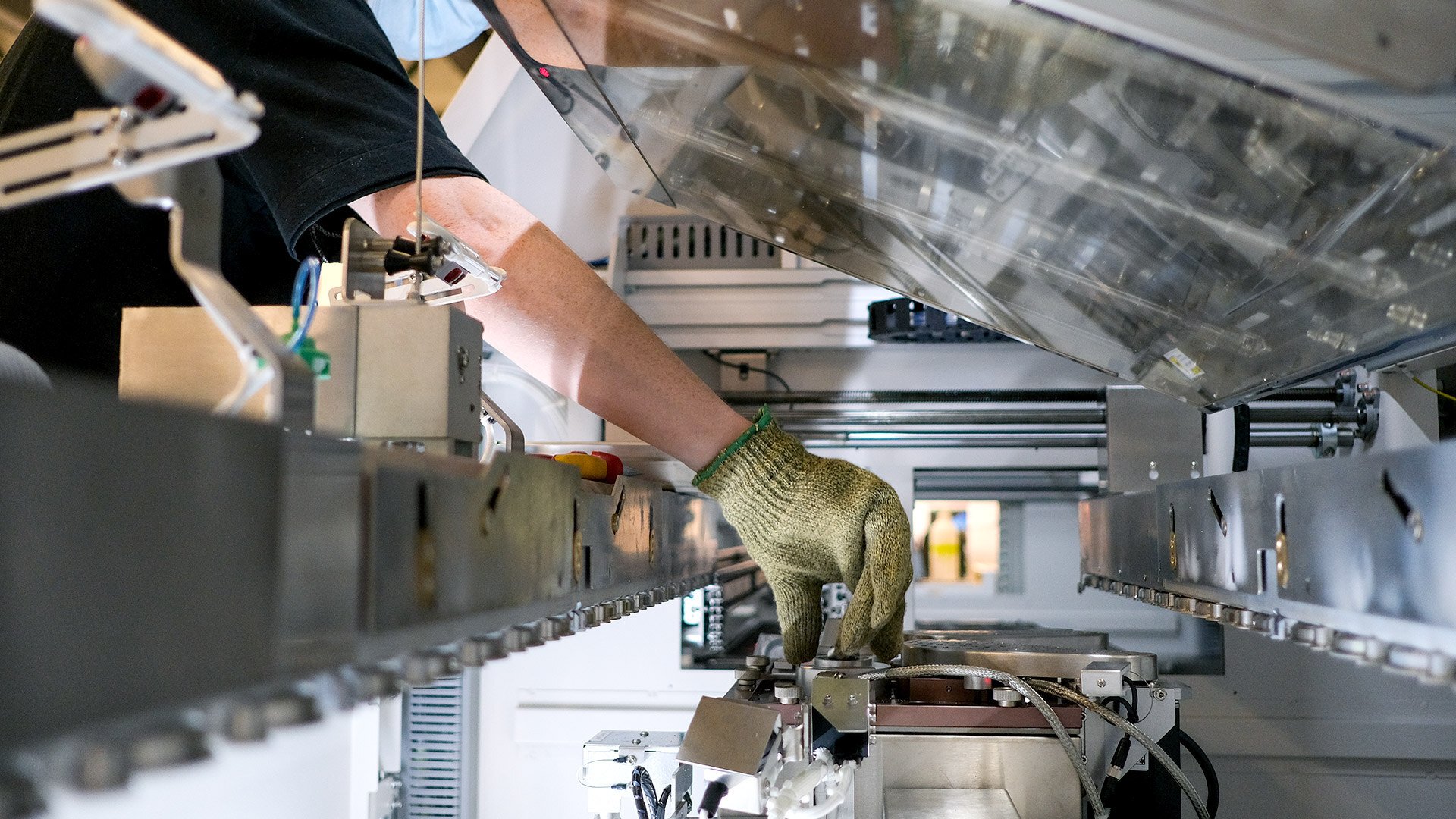Manufacturers who have devices CE Marked to the directives MDD, AIMDD or IVDD (i.e., legacy devices) have deadlines for regulatory compliance if they want to keep their devices on the European market. The European Commission has approved the proposal on amending the MDR and IVDR to extend the transition periods for certain medical devices and in vitro medical devices. The amendment has been published on March 20th 2023 and gone into effect directly. The new deadline is December 31st 2027 for class IIb implantable (excl. some MDR exemptions) and III devices, and December 31st 2028 for class IIb non-implantable, IIa, Im, Ir and Is devices. For IVDR, the EU has already extended the transitional periods in an urgent procedure and the deadlines are also depending on future risk class of the device and whether a notified body has previously been involved under the IVDD. The amendment is also deleting the ‘sell-off’ dates in MDR and IVDR. This means that devices placed on the market before the end of the transition period can be made further available on the market without a legal time restriction. However, to benefit from the extension and deletion of ‘sell-off’ dates, the following conditions must be met:
- the device does not present any unacceptable risk to public health and safety,
- the device design or intended purpose have not undergone any significant changes,
- the manufacturer has signed a written contract with a Notified Body for the conformity assessment of the legacy device or a device intended to substitute that device (i.e., new generation device) and
- the manufacturer has updated its Quality Management System (QMS) in accordance with the regulation no later than May 26th 2024.
So, what are the legislative changes affecting manufacturers and what steps should already be initiated? One significant change is related to the risk-based classification for both medical devices and IVD devices. Certain medical devices (e.g., software) and the vast majority of IVDs are now being placed in higher risk classes and potentially requiring a conformity assessment by a Notified Body for the first time. Manufacturers should be prepared to conduct re-classification of their devices in order to define any possible new requirements. The effects on manufacturers can be far-reaching and will increase resource needs for both the manufacturers and the Notified Bodies. Manufacturers should have already started updating their existing QMS processes according to the regulation’s requirements and have a plan for the technical documentation update.
Another significant change is the increased focus on clinical evaluation, access to data and post-market surveillance. For all IVD manufacturers, a quality management system has become mandatory under the IVDR, the role of clinical evidence has been emphasized, performance studies have certain content requirements, and the post-market surveillance has been strengthened. This can be a very heavy learning curve to manufacturers who are new to the regulated environment and a struggle for others as they try to rework their quality management practices to meet the new requirements or engage Notified Bodies to assess them.
The purpose of the amendment is intended to encourage manufacturers to promote changes to their devices that improve patient safety as required by the regulations. Extended transition periods give more time for manufacturers to demonstrate their device's conformity. This might be a time relief, but if there is a shortage in resources or knowledge of the quality and regulatory compliance, manufacturers are unable to make the most of the transition period extension. New recruitments might turn out to be a cost burden for manufacturers if there is a challenge to find a competent specialist who is familiar with the regulations and can take control of the compliance matters. Considering all this and the fact that the current availability of Notified Bodies is scarce, helping hands outside the company could really become a game changer.
Innokas Medical is a “one-stop-shop” helping medical device manufacturers throughout the whole lifetime of a device. We are continuously improving our strong and competent quality and regulatory (QA/RA) team consisting of people with various backgrounds and diverse work experience in order to stay up to date in the regulatory jungle of medical devices. We have recently introduced our clinical affairs team who has scientific know-how and hands-on experience from the healthcare sector.
How can Innokas Medical help you?
For manufacturers battling within the legislative change and heavy documentation updates, our QA/RA team can be a big relief when stepping in. The legal responsibility can be completely outsourced to Innokas by our MDR Fast Track service. On the other hand, we can take responsibility as an external Quality Manager and maintain your existing QMS processes while your resources can be allocated elsewhere. We can help you with many other quality related tasks such as updating technical documentation and auditing the QMS against the applicable requirements and planning and executing clinical evaluations. In cases where expertise is needed beyond QA/RA team’s competence – we’ll create suitable co-operation within our organization with software and analytics, design and development and manufacturing operations. Our services are always tailored specifically to the needs of the customer with different service offers. For more information, please
Article by:
 Sanna Koskela, QA&RA Specialist
Sanna Koskela, QA&RA Specialist
 Viivi Lankinen, QA&RA Specialist
Viivi Lankinen, QA&RA Specialist











